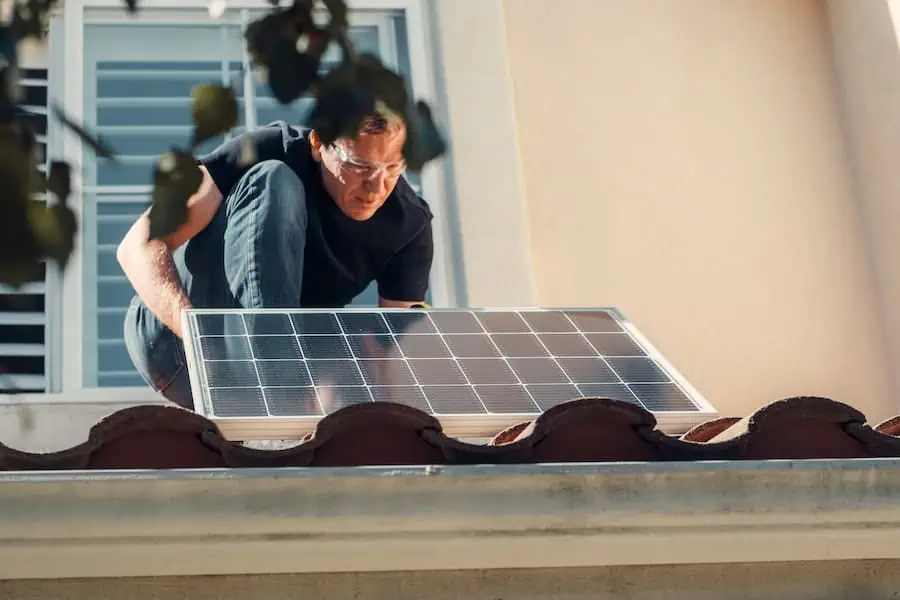
The technology powering our buildings is rapidly advancing. It’s no longer just about simple, static electrical circuits but about creating dynamic, responsive systems that provide optimal power quality and reliability. A key player in this evolving landscape is EcoStruxure Power, a comprehensive digital solution providing improved oversight and control in building power distribution.
Schneider Electric’s EcoStruxure Power is an IoT-enabled architecture and platform that provides a linked and integrated approach to managing and optimizing energy consumption. Its cutting-edge technology is specifically designed to improve power dependability and sustainability in building power distribution systems.
One of EcoStruxure Power’s standout characteristics is its ability to give real-time monitoring. This enables a quick response to any power network disturbances. The system’s sensors continuously monitor power quality, identifying any anomalies and sending important data to the site management in real-time. This allows operators to detect problems promptly and intervene before they worsen, maintaining a consistent and uninterrupted power supply.
EcoStruxure Power offers comprehensive control tools in addition to real-time monitoring. It employs predictive analysis to notify operators of potential difficulties before they occur, which represents a major improvement over the typical reactive method. This not only improves power dependability but also increases infrastructure longevity by reducing stress on components caused by unplanned power fluctuations.
Furthermore, by enhancing energy efficiency, EcoStruxure Power contributes to building sustainability. Because of its ability to monitor power usage trends, operators can uncover energy-saving potential. This not only minimizes the carbon footprint of the building but also results in significant financial savings.
Don’t just take our word for it, though. Research published in the “Journal of Power and Energy Engineering” backs up these advantages. The study indicated that EcoStruxure Power increased power quality by 20% and lowered energy expenses by 15% when installed in a commercial building in California.
Furthermore, a Schneider Electric case study described how a big hospital network used EcoStruxure Power to improve power distribution. With power outages disrupting vital operations, the hospital faced enormous hurdles. They were able to cut power outages by 80% by adopting EcoStruxure Power, improving patient safety and saving significant expenditures.
EcoStruxure Power is changing the way we think about developing power distribution. Its extensive monitoring and control capabilities, as well as its emphasis on sustainability, make it an essential tool in the age of smart buildings. The future has arrived, and EcoStruxure is at the helm.
Aside from the immediate benefits of increased power quality and dependability, the use of EcoStruxure Power in building power distribution promises other benefits. EcoStruxure Power is contributing to the evolution of Smart Buildings and enabling a more sustainable future by using the power of digital technologies and data analytics.
Smart Buildings, which are defined by automated processes that control the building’s operations, can successfully leverage EcoStruxure Power’s capabilities. These buildings become more sensitive and flexible to changing needs and situations by incorporating IoT-enabled devices and predictive analyses. EcoStruxure Power’s monitoring capabilities in these smart settings enable building managers to make informed decisions based on real-time data, resulting in a more efficient and responsive management strategy.
Furthermore, the comprehensive analytics of EcoStruxure Power may provide deeper insights into energy use patterns. Understanding these patterns allows facility managers to better develop demand-response systems. In cases where the electricity grid is heavily loaded, the system may be able to reduce non-essential energy usage, hence promoting grid stability.
Another important area where EcoStruxure Power may have a significant impact is sustainability. The technology helps to reduce the carbon footprint of buildings through its energy optimization capabilities. This is critical in reaching global sustainability targets and pursuing green building certifications such as LEED and BREEAM.
Finally, using EcoStruxure Power provides a financial benefit. Building operators can cut operational costs by reducing power outages and improving energy use. Furthermore, system-assisted predictive maintenance can extend the life of equipment, save replacement costs, and increase the total value of the facility.
In conclusion, EcoStruxure Power acts as a catalyst for the transition to Smart Buildings and a more sustainable future. Its significance goes beyond simply enhancing power quality and reliability; it is an essential component in the development of efficient, sustainable, and economically viable buildings.








